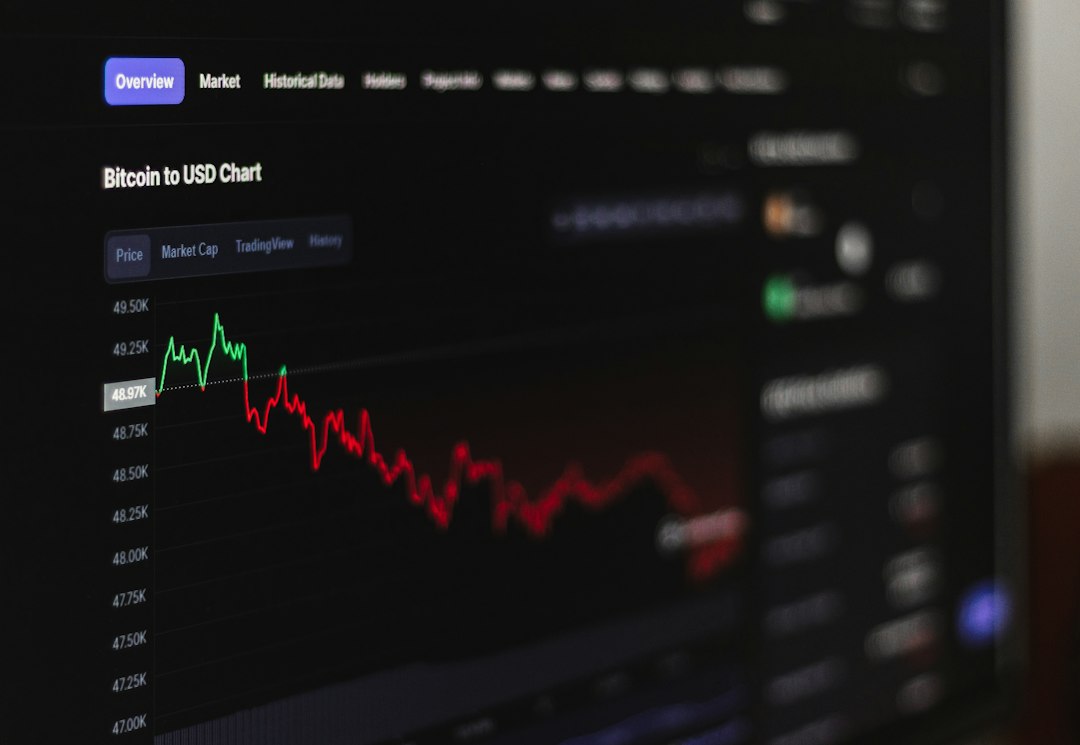Russian Firms to Use Digital Ruble in Latin America by 2025, Says Politician
Anatoly Aksakov, the Chairman of the State Duma Committee on the Financial Markets in Russia, has stated that domestic firms will be using the digital ruble, the nation’s Central Bank Digital Currency (CBDC), in Latin America no later than 2025. Speaking at a summit named “Russia – Latin America,” Aksakov mentioned that the digital ruble could be used for “mutual settlements” with Latin American countries. He also appealed to LATAM central bankers to establish closer ties with Moscow on CBDC-related matters.
Pilot Testing and National Rollout
Aksakov revealed that pilot testing of the digital ruble is currently underway and is expected to expand next year. The pilot will continue for about one year before concluding with a national rollout in early 2025. This timeline is more aggressive than what the Central Bank has previously stated, with its Deputy Governor mentioning a rollout between 2025 and 2027.
Alternative to USD-Denominated Trade
With Western sanctions impacting Russian trade efforts, there has been growing interest in CBDCs, BRICS digital currency, and cryptocurrency-powered trading as alternatives to USD-denominated trade. Business leaders and politicians are exploring these options to mitigate the impact of sanctions.
Aksakov’s Bullish Stance on Digital Ruble
Anatoly Aksakov, who is instrumental in shaping Russia’s crypto and digital financial assets legislation, has expressed optimism about the future prospects of the digital ruble. He has suggested compatibility between Russia’s coin and China’s digital yuan. Additionally, he believes that buying caps on digital ruble holdings should be lifted for overseas buyers, enabling non-Russians to purchase “millions” of tokens.
Hot Take: Russian Digital Ruble Set to Expand its Influence in Latin America
The digital ruble is poised to make a significant impact in Latin America by 2025, according to Anatoly Aksakov, a senior Russian politician. With plans for pilot testing already underway and an aggressive timeline for national rollout, the digital ruble aims to facilitate mutual settlements between Russian firms and Latin American countries. As Western sanctions continue to hamper Russian trade efforts, the adoption of CBDCs and other digital currencies provides an alternative to USD-denominated trade. Aksakov’s bullish stance on the digital ruble’s future prospects highlights Russia’s commitment to embracing blockchain technology and expanding its influence in the global financial landscape.
Source: Cointelegraph





 By
By
 By
By

 By
By
